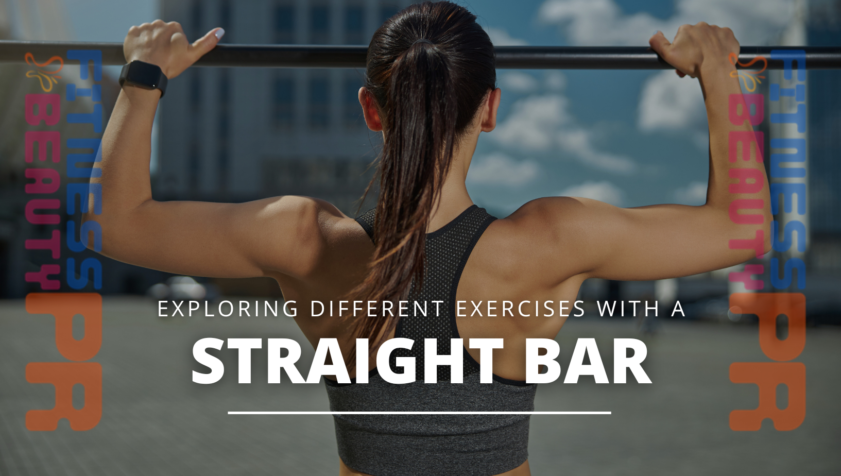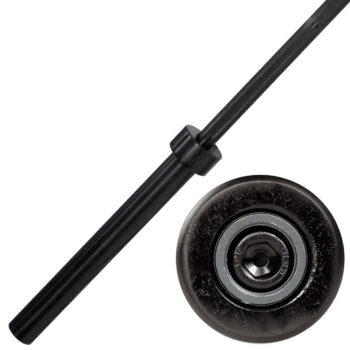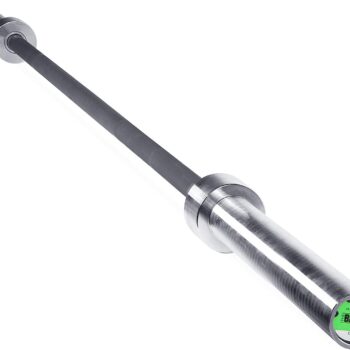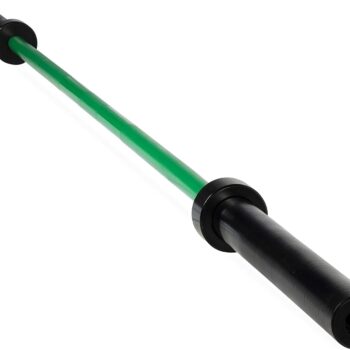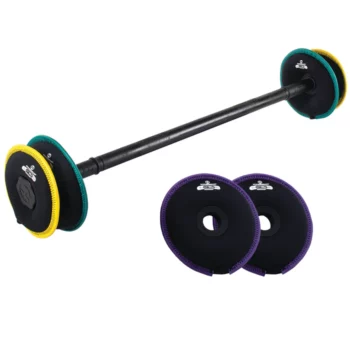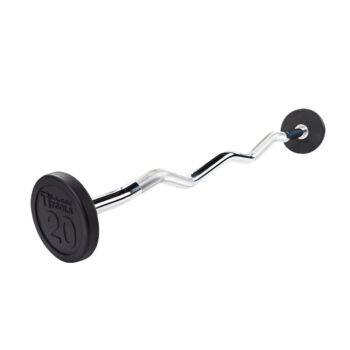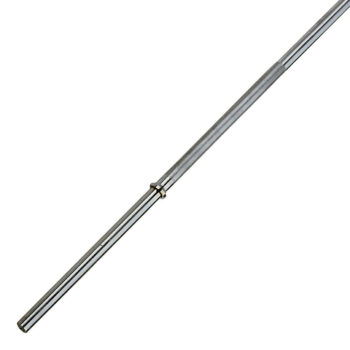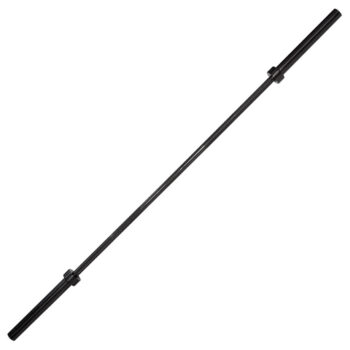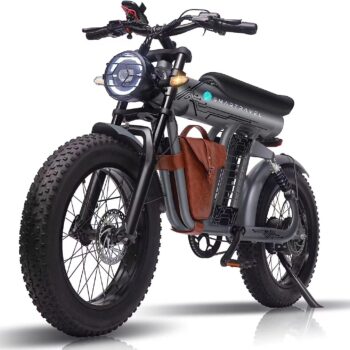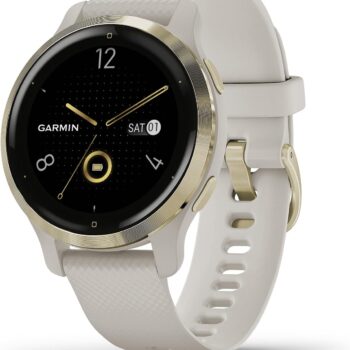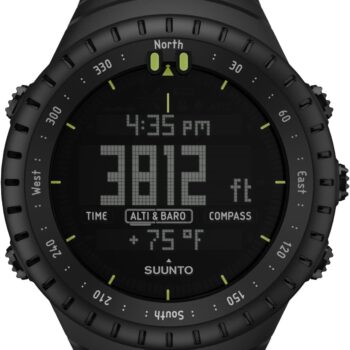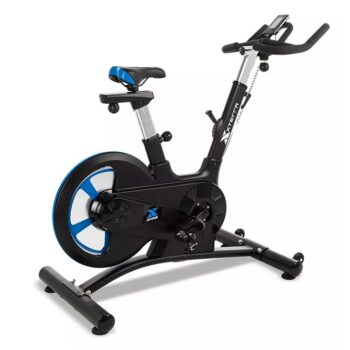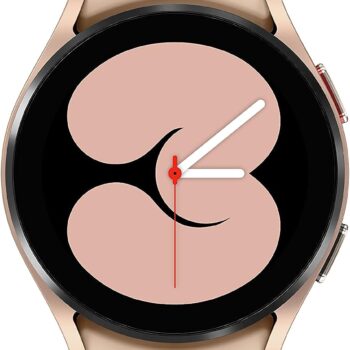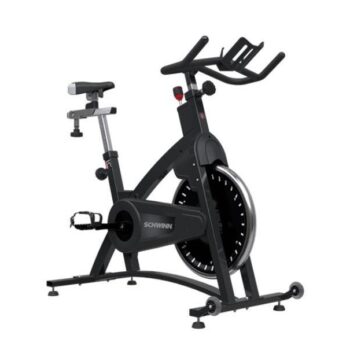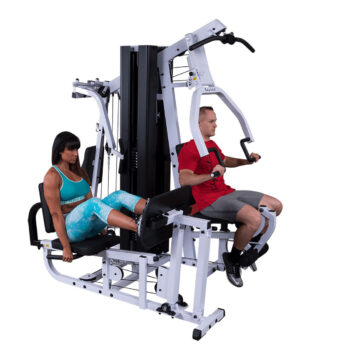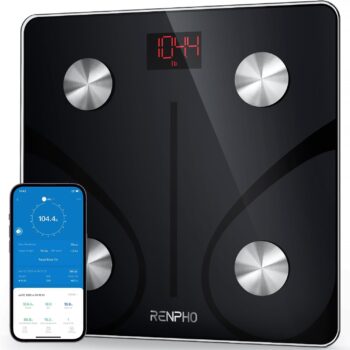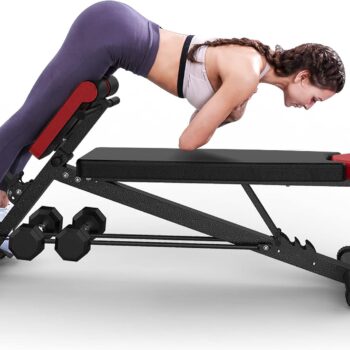Selecting the correct straight bar can be crucial for your weightlifting progress and safety. This guide will help you understand the different types of straight bars, their features, and how to choose one that aligns with your exercise goals. Let’s check out how to incorporate a straight bar into your workouts effectively without overwhelming you with unnecessary details.
Key Takeaways
- Straight bars are vital for weight training and are differentiated by factors such as diameter, yield strength, and material composition. Olympic bars, in particular, feature spinning sleeves and a higher quality steel suitable for heavier weights, in contrast to standard bars.
- When selecting a straight bar, considerations include weight, length, grip, and coating options, with particular attention to handling and maintenance requirements. These factors should align with the individual’s fitness goals and lifting experience.
- Straight bars can be effectively integrated into workout routines through various exercises and can be paired with functional trainers for added versatility. Accessories like collars and storage solutions enhance the workout experience and ensure safety, while regular maintenance preserves the bar’s condition.
Understanding Straight Bars
Straight bars are the unsung heroes in weight training, offering an impressive range of exercises from bicep curls to shoulder presses and bench presses. Known for their simplicity and reliability, these bars can support a range of weighted plates on either side, allowing for custom load variations. With a standard diameter typically around one inch, straight bars are made from steel, providing the necessary strength and durability for heavy lifting.
Their versatility makes them a fundamental component of any fitness routine, enabling a plethora of exercises that can target nearly every muscle group in the body. From the essential bench press that builds chest and arm strength to the squat that lays the foundation for powerful legs, the straight bar is indispensable in achieving a well-rounded physique. Its simplicity belies its importance, as it serves as the backbone for both fundamental and advanced training regimens, accommodating a variety of grips and techniques to challenge and improve an athlete’s performance.
The Anatomy of a Straight Bar
The appeal of straight bars stems from their variation. These bars come in various diameters, catering to different hand sizes and lifting preferences. For instance, women’s weightlifting bars are typically 25mm in diameter, while men’s bars usually start at 28mm and may go up to 29mm for powerlifting.
A bar’s yield strength, which indicates the weight it can handle before bending permanently, is another crucial aspect. The recommended minimum yield strength for weightlifting barbells is 165,000 PSI, offering a robust solution for your strength training needs.
Material Matters
The material significantly shapes a bar’s durability. Here are some key factors to consider:
-
- Elastic modulus (Young’s modulus): measures the material’s stiffness and resistance to shape changes when under load.
- Yield strength: indicates a barbell’s capacity to withstand heavy lifts without permanent deformation.
- Fatigue limit: reflects the maximum stress that can be withstood for an indefinite number of cycles without causing fatigue failure.
Different materials, such as chrome-moly steel and stainless steel, are used for barbells, with variations in strength due to alloy composition.
Standard vs. Olympic Straight Bar
Discerning the distinctions between standard barbell and Olympic bars is critical when making a selection. Olympic barbells have thicker end sleeves designed to spin, accommodating Olympic weight plates. In contrast, standard bars have 1” thick ends without the spin feature.
Made from higher quality steel, Olympic bars showcase superior strength and provide customization of the bar’s flex, known as ‘whip’, essential for different lifts. Olympic bars are built to withstand much higher weights compared to standard bars, making them a worthwhile investment for serious weightlifters.
Choosing the Right Straight Bar for Your Workout
Having understood the fundamentals, let’s proceed to select the ideal straight bar for your workout. Several factors come into play, such as:
- Weight
- Length
- Grip
- Coating options
Your choice will ultimately depend on your fitness goals, workout preferences, and level of experience. But fear not; we’re here to guide you through each consideration, enabling you to make an informed decision.
Weight Considerations
Weight is a critical factor when selecting a straight bar. If you’re a beginner, it’s advisable to start with lighter weights to learn the correct technique and minimize the risk of injury. Standard barbell weights differ based on gender and age, with men’s bars often weighing 20kg, women’s bars usually at 15kg, and youth bars around 10kg.
It’s important to select a manageable weight that allows full control over the exercise, maintaining form throughout the full range of motion.
Length and Grip
Consideration should also be given to the bar’s length and diameter. Straight bars come in a range of lengths and diameters, catering to a variety of lifting techniques and personal grip preferences. For example, men’s straight barbells are typically 2.2 meters, or 7.2 feet, in length with a 28mm diameter, while women’s barbells are slightly shorter at 2.01 meters, or 6.6 feet, with a 25mm diameter.
The grip is essential for performance and safety, and various types of knurling patterns, such as Hill, Pointy Mountain, and Volcano, play a pivotal role in the quality of grip offered by a barbell.
Color and Coating Options
Lastly, the bar’s durability and grip can be significantly influenced by color and coating options. Coatings enhance the durability of straight bars and provide various levels of protection against rust. Electroless nickel and zinc coatings provide high durability but may encounter quality control and supply chain issues or lose sheen over time, requiring more upkeep.
On the other hand, bare steel bars offer a raw feel, allowing the knurl to shine without interference, but are very prone to surface rust and require more frequent maintenance.
Integrating Straight Bars into Your Routine
Once you’ve selected your perfect straight bar, the subsequent move is to incorporate it into your workout routine. Doing so twice a week allows for a balance of muscle recovery and sufficient stimulus for growth and strength. Begin with foundational compound movements such as squats, deadlifts, and presses, ensuring these exercises are done at the beginning of the session when energy levels are highest.
Different Exercises with a Straight Bar
The remarkable versatility of straight bars enables a broad range of exercises. For instance, bicep curls can be performed by curling the bar towards the shoulders, while shoulder workouts such as javelin presses and skull crushers target the triceps.
Lower body exercises like zercher squats, suitcase lunges, and hip thrusters effectively work your quadriceps, hamstrings, and glutes.
Supersets and Complexes
Consider using straight bars for supersets and complexes to intensify your workout. By performing two exercises back-to-back with minimal rest, supersets can significantly increase your workout intensity. There are several forms of supersets, including:
- Opposing muscle group supersets for muscle balance
- Complementary muscle group supersets for functional strength
- Agonist supersets for targeting the same muscle group to fatigue
Safety Tips
Prioritizing safety is crucial when exercising with straight bars. If you’re a beginner, it’s advisable to learn the correct form with a trainer or experienced lifter before incorporating straight bars into your routine. Also, always ensure the area is clear of clutter and the equipment is secure before use.
To maintain safety, load and unload the barbell evenly and stick to manageable weights, ensuring that movements like tire flips are done with a securely fastened barbell.
Complementing Your Straight Bar: The Functional Trainer
A functional trainer can complement the efficacy of straight bars, despite their excellent standalone capabilities. This device offers a wide range of adjustable settings for targeting different muscle groups, complementing your straight bar workouts.
The dual-stack mechanism of the functional trainer provides freedom for natural and efficient exercise movements.
How to Attach and Use
The process of attaching a straight bar to a functional trainer is simple. Here are the steps:
- Identify the attachment points on the functional trainer, typically found at the ends of the cable system’s arms.
- Take the straight bar and align its central clip or hook with the cable system’s carabiners or clips.
- Hook the straight bar onto the carabiners or clips, ensuring it’s centered and balanced.
- Secure the straight bar by closing the carabiner or clip’s fastening mechanism, confirming that it is tightly fastened and the bar is held firmly in place.
- Perform a quick safety check to ensure that the straight bar is securely attached and will not come loose during your workout.
Benefits of Combined Training
Merging the use of a straight bar with a functional trainer can yield multiple advantages. This setup allows for quick weight selection and adjustment between sets, enhancing workout efficiency and versatility. Furthermore, it maintains continuous tension during exercises, offering constant resistance, which can stimulate muscle growth more efficiently than free weights alone.
Sample Workouts
Now, let’s explore some sample workouts that utilize both straight bars and functional trainers, complete with step-by-step guides.
- Upper Body Workout: Standing Cable Row
- Stand facing the functional trainer with feet shoulder-width apart.
- Grasp the straight bar attached to the low pulley with both hands.
- Keeping your back straight, pull the bar towards your waist.
- Slowly return to the starting position, extending your arms fully.
- Lower Body Workout: Squats
- Stand with feet shoulder-width apart, with the straight bar resting on your shoulders.
- Bend your knees and lower your body as if sitting back into a chair.
- Keep your back straight and chest up as you descend.
- Push through your heels to return to the starting position.
-
- Core Workout: Cable Crunches
- Kneel below the high pulley and grasp the straight bar with both hands.
- With your hips stationary, flex your waist to bring your elbows towards your knees.
- Slowly return to the starting position, feeling the stretch in your abs.
- Core Workout: Woodchoppers
- Stand with your side to the functional trainer, feet shoulder-width apart.
- Grasp the straight bar with both hands at shoulder height from the high pulley.
- Rotate your torso diagonally downward across your body, pivoting your feet.
- Return to the starting position in a controlled manner.
- Core Workout: Reverse-Side Cable Crunches
- Lie on your side with the straight bar attached to the bottom pulley.
- Grasp the bar with both hands, keeping your lower arm extended on the ground.
- Pull the bar towards your upper body while crunching your obliques.
- Slowly return to the starting position, focusing on the oblique contraction.
Incorporating these exercises into your routine can significantly enhance core stability and strength, as well as build muscle in the upper and lower body. Once your perfect straight bar is integrated into your workout routine, the variety of exercises and the benefits they bring are virtually limitless. By employing a straight bar, you can engage in a diverse range of movements that can enhance your physical fitness, from compound exercises that can help build overall strength to isolation workouts that target specific muscle groups for more defined results. The straight bar’s simplicity in design belies its versatility and effectiveness in a well-rounded fitness regimen, making it an invaluable piece of equipment for anyone serious about their training.
Accessorizing Your Straight Bar Setup
Once your straight bar and functional trainer are set up, it’s time to contemplate important accessories. From collars that secure your weights to storage solutions that keep your workout space organized, accessorizing your straight bar setup can significantly enhance your workout experience.
Collars and Clamps
For your straight bar setup, barbell collars and clamps are essential accessories. They secure weights on the bar, preventing dangerous imbalances and potential accidents. There are three main types of barbell collars: clamp-style, lock-style, and spring-style. Each offers different levels of security, ease of use, and price points, allowing you to choose the best fit for your needs.
Storage Solutions
Maintaining an orderly workout area requires storing your straight bar when not in use. There are various storage solutions available, such as wall-mounted vertical barbell racks, floor-mounted vertical bar holders, and horizontal barbell racks.
You can choose a solution that best suits your space and offers more options, keeping your straight bar within easy reach.
Maintenance Accessories
Regular maintenance is key to prolonging the lifespan of your straight bar. This involves cleaning the bar, applying oil, and brushing it into the knurling. Using a non-corrosive, non-abrasive, mild cleaning solution will prevent damage to protective layers and avoid corrosion.
A light coat of 3-in-1 oil is recommended to maintain the bar’s shine and prevent rust. Some barbells even have oil holes in the sleeves for easy lubrication, ensuring the sleeves spin freely.
Where to Buy Straight Bars
Numerous outlets are available for consideration once you’re ready to buy a straight bar. Online retailers offer a wide selection and the convenience of home delivery. However, physical stores like Dick’s Sporting Goods and Walmart also offer a range of straight bars for those who prefer to interact with the product firsthand.
Online vs. In-Store Shopping
Your choice between online and in-store shopping will ultimately hinge on your needs, despite the merits of both. Online shopping offers home delivery, customer reviews, and the ease of comparing prices and shipping details of various brands.
In contrast, in-store shopping provides immediate product availability and personal advice from knowledgeable sales staff at the checkout, ensuring customers find the right items in stock.
Checking Out with Affirm
The Affirm payment option is an additional advantage for online buyers. This service allows customers to:
-
- Pay over time with fixed monthly payments, subject to credit approval
- Spread the cost over several months
- Make purchasing a straight bar more accessible and manageable.
- Customer Service and Support
Regardless of whether you’re shopping online or in-store, superior customer service and support are essential. Online retailers typically offer benefits like:
-
- Order tracking
- Return Policies
- Product Assistance
- Live chat support
- Dedicated hotlines for customer inquiries
Physical stores, on the other hand, provide the unique advantage of in-person customer service, offering immediate help and advice with a visible sign of commitment to their clients during their visit.
Choosing the right straight bar for your workout needs involves understanding the basics of straight bars, considering factors like weight, length, grip, and coating options, and integrating straight bars into your routine. Complementing your straight bar with a functional trainer, accessorizing your setup, and knowing where to buy straight bars are also essential. With this comprehensive guide, we hope you’re now equipped to make an informed decision and take your fitness journey to the next level. Remember, the journey of a thousand miles begins with a single step, or in this case, a single lift!
Frequently Asked Questions
What is a straight bar?
A straight bar, also known as a barbell, is a cylindrical rod with a straight shape, often used to target specific muscle groups such as the biceps. The straight bar has no bends or curves, and is usually designed for use in exercises that require a straight movement.
How much weight is a straight bar?
The standard weight for a straight bar is 45 pounds, and it is typically 7 feet long. It can be used for various lifts, such as squats, deadlifts, and overhead presses.
What is the difference between an Olympic bar and a straight bar?
The biggest difference between an Olympic bar and a straight bar is the sleeves – Olympic barbells have 2-inch rotating sleeves, while regular barbells have 1-inch, non-rotating sleeves. This rotation and larger size make many people prefer the Olympic bar.
How can I safely integrate straight bars into my workout routine?
To safely integrate straight bars into your workout routine, start with compound movements like squats, deadlifts, and presses at the beginning of your workout, and use collars to secure weights on the bar. This will help prevent imbalances and potential accidents.
How can I attach a straight bar to a functional trainer?
Simply locate the attachment points on the cable system and hook the straight bar onto them, ensuring the clip in the middle of the bar is aligned with the cable before securing it. This ensures a proper and safe attachment.
Add Your Heading Text Here
-
Body-Solid 7 ft Olympic Barbell (Black)
$149.00Original price was: $149.00.$129.00Current price is: $129.00. -
CAP Barbell The Beast
$149.99Original price was: $149.99.$101.10Current price is: $101.10.

